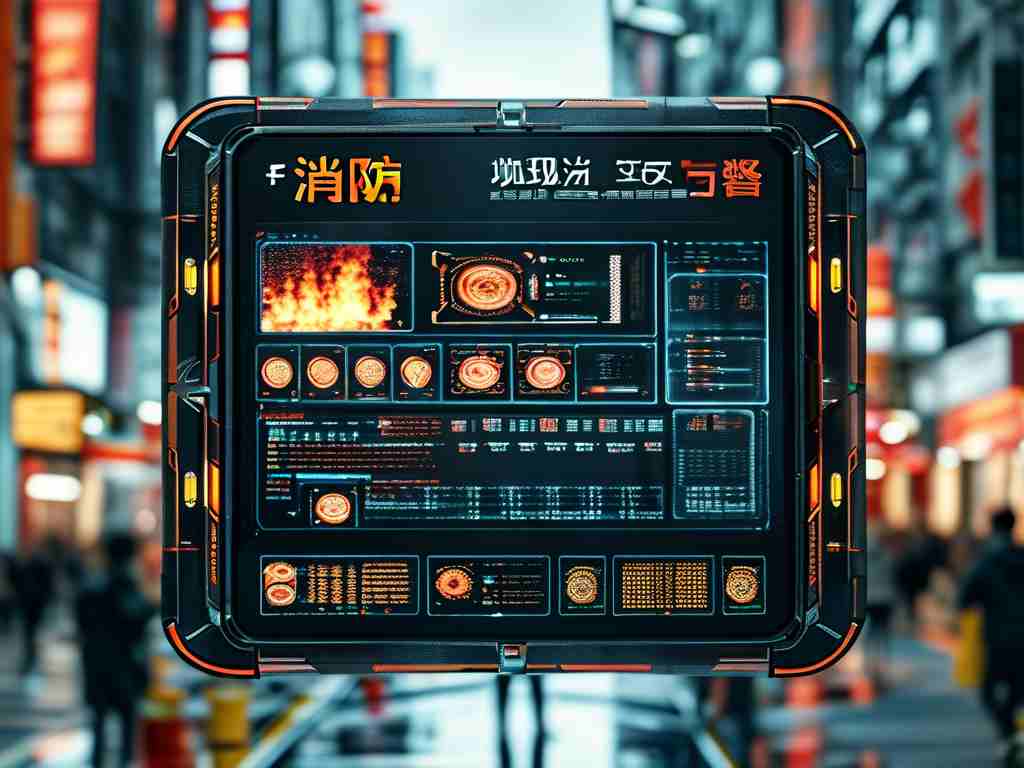As a thriving hub for technology innovation, Qingdao has emerged as a focal point for embedded development and sales in China. With its strategic coastal location and robust industrial ecosystem, the city offers unique advantages for businesses specializing in embedded systems. This article explores the evolving landscape of embedded technology in Qingdao, market dynamics, and actionable strategies for companies aiming to succeed in this competitive sector.

The Rise of Embedded Systems in Qingdao
Embedded development in Qingdao has gained momentum over the past decade, driven by advancements in IoT, smart manufacturing, and automotive electronics. Local universities, such as the Ocean University of China and Qingdao University, have established specialized programs to cultivate engineering talent. This talent pool, combined with government incentives for tech startups, has positioned the city as a breeding ground for embedded solutions.
One notable example is Qingdao's growing role in automotive embedded systems. Companies like Haier and Hisense have expanded their R&D centers in the region, focusing on vehicle control units and infotainment systems. Additionally, the Qingdao International Academician Park has attracted global tech firms to collaborate on embedded projects, fostering cross-industry innovation.
Sales Strategies for Embedded Solutions
Selling embedded systems in Qingdao requires a nuanced approach. First, understanding local industry demands is critical. For instance, marine equipment manufacturers in the city often seek ruggedized embedded controllers for offshore applications. Tailoring products to withstand harsh environments—such as high humidity and salt corrosion—can differentiate suppliers in this niche.
Second, building partnerships with regional distributors enhances market penetration. Many Qingdao-based embedded developers leverage hybrid sales models, combining direct B2B engagements with third-party channel networks. A case in point is a local startup that partnered with Shandong-based industrial automation distributors to deploy its PLC (Programmable Logic Controller) modules across factories in East China.
Third, emphasizing after-sales support is vital. Embedded systems often require firmware updates and hardware maintenance, especially in sectors like healthcare and energy. Offering 24/7 technical assistance in Mandarin—and integrating remote diagnostics via cloud platforms—has proven effective for companies like Qingdao InHand Networks.
Challenges and Opportunities
Despite its growth, the embedded market in Qingdao faces challenges. Component shortages, exacerbated by global supply chain disruptions, have delayed product launches for some developers. To mitigate this, companies are diversifying suppliers and adopting modular designs for easier hardware substitutions.
On the flip side, Qingdao's push toward "smart city" initiatives presents opportunities. Municipal projects—such as intelligent traffic management and renewable energy grids—rely heavily on embedded sensors and edge computing devices. Developers who align their roadmaps with these priorities can secure long-term contracts. For example, a Qingdao-based firm recently won a bid to supply embedded controllers for the city’s solar-powered streetlight network, showcasing the potential of public-sector collaborations.
Technical Insights: Code Optimization in Embedded Projects
Efficient coding remains a cornerstone of embedded development. In resource-constrained environments, optimizing memory usage and processing speed is non-negotiable. Consider this snippet for a sensor data acquisition system in C:
void read_sensor_data() {
uint16_t raw_value = ADC_Read();
float calibrated_value = (raw_value * 0.805) + 12.3;
transmit_via_UART(calibrated_value);
}
Developers in Qingdao often use RTOS (Real-Time Operating Systems) like FreeRTOS to manage multitasking in industrial applications. Meanwhile, leveraging hardware accelerators—such as the STM32 series microcontrollers—helps balance performance and power consumption.
Future Outlook
Looking ahead, Qingdao’s embedded sector is poised for expansion. The integration of AI algorithms into edge devices—a trend termed "tinyML"—is gaining traction. Local firms are experimenting with machine learning models optimized for microcontrollers, enabling predictive maintenance in manufacturing. Furthermore, the city’s free trade zone policies are expected to attract foreign investment, creating new avenues for cross-border tech partnerships.
In , Qingdao’s embedded development and sales ecosystem thrives on innovation, collaboration, and adaptability. Businesses that navigate its complexities while capitalizing on emerging trends will likely lead the next wave of technological breakthroughs in North China.









